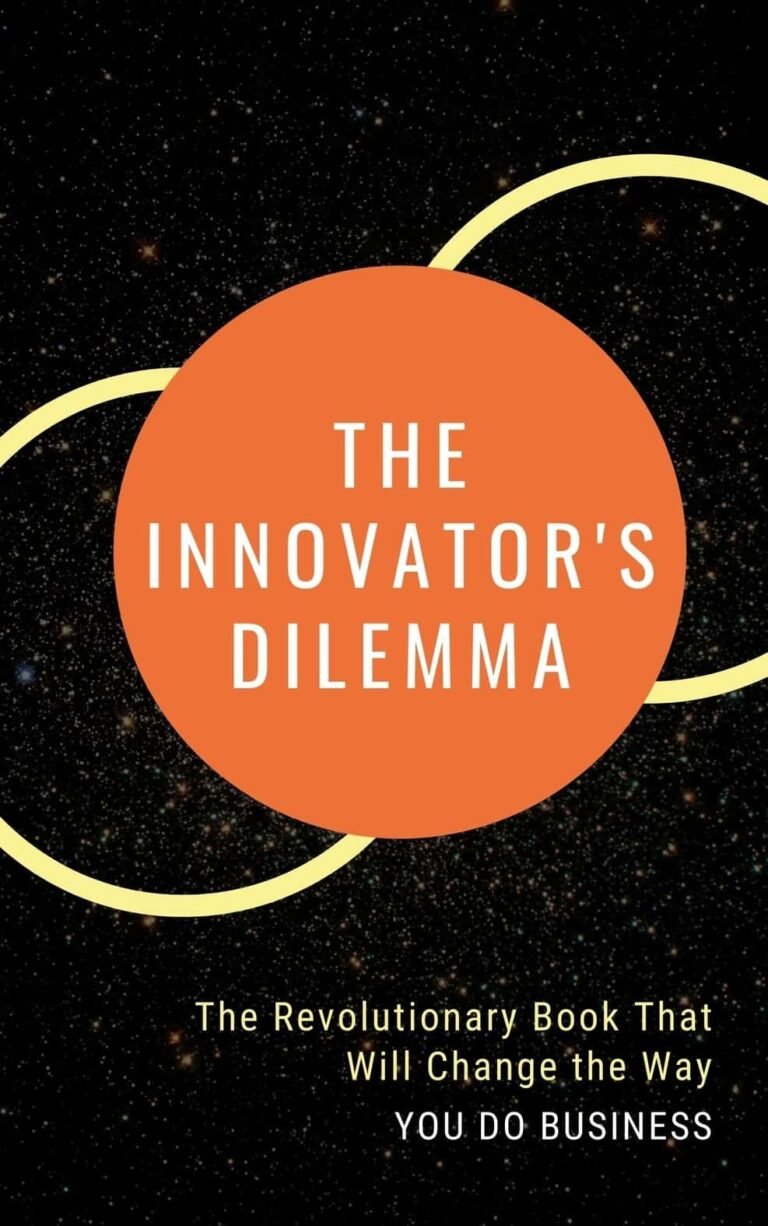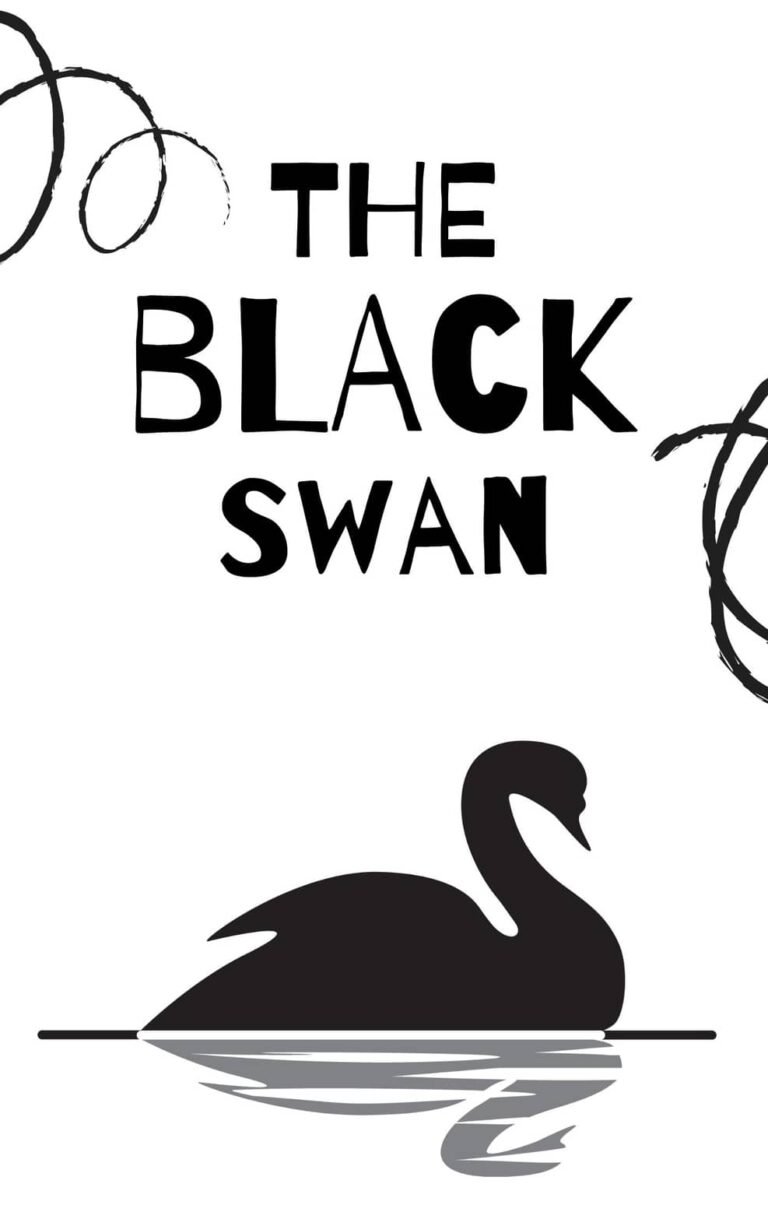The Sixth Extinction
An Unnatural History
Elizabeth Kolbert
Rating: 8.2
“The Sixth Extinction is a wonderful book, and it makes very clear that big, abrupt changes can happen; they’re not outside the realm of possibility. They have happened before, they can happen again.”
-President Barack Obama
Winner of The Pulitzer Prize
One of the New York Times book review’s 10 Best Books of The Year
A New York Times bestseller
A National Book Critics Circle Award finalist
Contents
The Sixth Extinction
The history of life on Earth alternates long spans of massive slow change punctuated by periods of catastrophic transformation. Normally, change comes so slowly that it remains imperceptible. Species adapt to shifting environments over innumerable generations and go extinct just as gradually. But fast, drastic planet change leaves organisms no time to adapt. For example, Earth changed in an instant 66 million years ago when a six-mile-wide asteroid crashed into the planet near Mexico and wiped out vast amounts of life, including the dinosaurs. This was the most recent of five “mass-extinction events” over the past 500 million years. Today, the planet faces a sixth extinction. Now the agent of destruction is humanity itself.
The Lost World
In 1739, a group of soldiers camping near the Ohio River discovered a marsh filled with gigantic bones. The men carried away a 3.5-foot femur, a colossal tusk and teeth weighing10 pounds each. At the time, science had no concept of extinction. Naturalists assumed that the organisms then alive were the only ones that ever lived. They could not classify the unusual bones from Ohio. In 1796, French naturalist Jean-Léopold-Nicolas-Frédéric Cuvier (also known as Georges Cuvier) proposed that the teeth came from a vanished species he dubbed mastodonte (mastodon). Cuvier identified bones from other sites as the remains of other extinct animals and declared that a “lost world” full of “lost species” had existed on Earth eons before modern times.
“Human activity has transformed between a third and a half of the land surface of the planet.”
Why would entire species die out? Cuvier suggested that a series of catastrophes in the distant past had caused these extinctions. His theory, which came to be called “catastrophism,” was influential until geologist Charles Lyell offered an alternative, the “uniformitarian” model, which painted extinction as a slow, gradual process. In the 1830s, Lyell wrote that gaps in the fossil record, which Cuvier took as a sign of catastrophic mass extinctions, indicated only that the record was incomplete. Charles Darwin subscribed to Lyell’s view. “Darwin recognized that just as the features of the inorganic world – deltas, river valleys, mountain chains – were brought into being by gradual change, the organic world similarly was subject to constant flux.” Darwin’s theory of natural selection explained evolution and extinction by teaching that organisms underwent random variations to adapt to changing conditions over vast time. Those that failed to adapt became extinct over equally long stretches of time.
“In ordinary times…extinction takes place only very rarely, more rarely even than speciation.”
Scientists initially accepted the uniformitarian model, but like Darwin, Lyell and subsequent experts, they overlooked one large flaw in the theory. If extinction was as slow as evolution, it should be imperceptible. Yet even during Darwin’s lifetime, humans hunted to extinction such species as the great auks of Iceland and a variety of tortoise on the Galápagos Islands. That human activity could wipe out entire species provided instant evidence that catastrophes could disturb the ponderous uniformitarian flow of evolution and extinction.
An Asteroid Hits Earth
In the 1980s, physicist Luis Alvarez and geologist Walter Alvarez, father and son, disrupted the uniformitarian consensus with evidence that an asteroid strike 66 million years ago wiped out the dinosaurs, along with much of the other life on the planet. The asteroid smashed into the Yucatán Peninsula at about 45,000 miles per hour, sending scorching vapor across North America. Clouds of sulfur dust blocked sunlight; the world entered an “impact winter” that annihilated forests, crushed marine ecosystems, and destroyed most reptilian, avian and mammalian species.
Multiple Modes
Today, geologists believe a combination of the catastrophic and uniformitarian models drives extinction. Paleontologist David Raup explains that Earth’s history has involved “long periods of boredom interrupted occasionally by panic.” The fossil record suggests five major catastrophes – mass-extinction events – along with many smaller panics. For a time, scientists figured that asteroid hits created all mass extinctions, but studies of rock samples showed that this wasn’t the case. A unique set of conditions precipitated each of the “Big Five” extinctions. For instance, a sudden drop in atmospheric levels of carbon dioxide (CO2) may have caused the first mass extinction – the “end-Ordovician” event some 444 million years ago. The lack of CO2 undermined the greenhouse effect, sending worldwide temperatures plummeting. By contrast, excess CO2 may have caused the most lethal of the Big Five catastrophes, which was the “end-Permian” event that wiped out about 90% of Earth’s species 252 million years ago.
The Anthropocene Epoch
Some scientists suspect that a sixth big extinction is underway: a unique apocalypse stemming from the rise of the human race. Human activity has changed the atmosphere, altered the chemistry of the oceans and transformed the planet’s surface. Changes wrought by people are sending species far beyond their natural habitats, sometimes with disastrous results. Humankind’s influence on the planet is so extensive that chemist Paul Crutzen suggested calling modern times the Anthropocene epoch. In fact, Anthropocene extinction has already sent many species into oblivion. It now threatens species of amphibians, freshwater mollusks, corals, sharks, rays, reptiles, birds and mammals. By harming ecosystems that support life, humanity endangers itself. As ecologist Paul Ehrlich put it, “humanity is busy sawing off the limb on which it perches.”
“In the fossil record, mass extinctions stand out, so much so that the very language that’s used to describe Earth’s history is derived from them.”
Environmental change is the prime driver of both evolution and extinction. As the environment gradually changes, evolution selects the traits that work best to help organisms cope. But if the changes are fast moving and extreme – for instance, if the world quickly freezes or rapidly warms – organisms don’t have time to adapt. Traits that fit the old environment may be useless or even deadly in the new one.
Humankind Appears
The appearance of humans 200,000 years ago fomented drastic change. They didn’t have the instantaneous impact of an asteroid, but they sowed destruction wherever they went. As humans spread out from Africa, they eliminated related humanoid species, such as the Neanderthals. Their hunts probably also extinguished the “megafauna” – giant animals like mastodons and saber-toothed cats. In the prehuman environment, being large provided an evolutionary advantage: Size discouraged predators. But humanity learned to kill big animals efficiently. Because megafauna reproduce slowly, even a small population of hunters utilizing crude methods can kill off an entire species if they keep at it for millennia.
“The more strange bones were unearthed – mammoths, Megatherium, mosasaurs – the harder naturalists had to squint to fit them into a familiar framework.”
Over the past quarter-million years, people brought about change at an ever-accelerating rate. Today human activity is hastening planetary change through three main mechanisms:
Carbon Dioxide
By burning fossil fuels, people have cast 365 billion metric tons of carbon into the air since the beginning of the Industrial Revolution. Cutting down trees has added 180 billion tons. In the past 200 years, human activity raised the atmospheric concentration of CO2 by 40% to more than 400 parts per million – the highest rate in 800,000 years.
Geologist Walter Alvarez “discovered the first traces of the giant asteroid that ended the Cretaceous period and caused what may have been the worst day ever on planet Earth.”
Global warming is one consequence; CO2 emission could eventually push average global temperatures up by as much as 7°F [3.8892°C]. That’s not out of line with natural temperature fluctuations in the past, but the rate of change is significantly different. The temperature continues to rise at least 10 times faster than it did during the period of warming at the end of the ice ages. Darwin explained that flora and fauna survive temperature fluctuations by migrating. Today’s plants and animals may not be able to keep pace with the accelerated rate of change. One scientist calculated that plants and animals would have to travel 30 feet a day toward the planet’s poles to outrun today’s global warming.
“Warming today is taking place at least 10 times faster than it did at the end of the last glaciation and at the end of all those glaciations that preceded it.”
Global warming is only part of the problem caused by high CO2 levels. The oceans also absorb billions of tons of CO2 each year, growing more acidic in the process. Ocean acidification, which is “sometimes referred to as global warming’s ‘equally evil twin’,” can affect marine life’s “metabolism, enzyme activity and protein function.” It can change the supply of nutrients; and promote the growth of “toxic algae.” But acidification’s biggest consequence may be its impact on the marine plants and animals called “calcifiers.” These organisms – including starfish, clams and many corals – build either exoskeletons or internal “scaffolding” made of calcium carbonate. The lower the water’s pH, the harder it is for them to build their structures. When ocean acidity increases to a certain level, acid dissolves calcium carbonate. Atmospheric scientist Ken Caldera says that coral reefs could start to disintegrate within 50 years. Such destruction would cascade through the ocean because thousands of species rely on reefs for protection or food.
Species Dispersion
Human beings have helped species geographically spread into habitats they otherwise couldn’t reach. Without humans, dispersal is a slow process that takes place within certain limits. For instance, flightless land animals generally find the ocean to be a final barrier. But humans do not accept such boundaries. They travel around the globe. Early in history, they went in boats and now they travel in airplanes. Where people go, other organisms hitch a ride. Today, an estimated 10,000 different species travel around the globe in ships’ ballast tanks. Most species’ dispersal is inadvertent; sometimes people introduce new species intentionally, usually to control some pest.
“When a mass extinction occurs, it takes out the weak and also lays low the strong.”
No matter how it happens, such a “remixing” of the world’s biota can have disastrous consequences. Once an invading species becomes established, it often gains twin advantages: It has escaped its traditional predators, and it can attack an unprepared native population. When the brown tree snake arrived in Guam in the 1940s, it decimated the local bird population and sent two mammal species to extinction. Facing no natural enemies, the snakes reproduced so quickly that at one point Guam had up to 40 snakes per acre. Today, one species of invading fungus endangers a species of bats. Another has killed several species of frogs, making amphibians “the world’s most endangered class of animals.”
“Islands on Dry Land”
Humans also contribute to the sixth extinction by extensively remodeling Earth’s land surface. For instance, people have transformed more than half the Earth’s ice-free land by building cities, damming or diverting rivers, farming, and cutting down forests. Even so-called “wildlands” are full of human artifacts, such as roads and pipelines.
“It’s quite possible that there will be among the great apes not a single representative left, except, that is, for us.”
A network of roads can turn a sprawling forest into a series of isolated habitat “islands.” This is dangerous because land-locked islands function like ocean islands. Ecologists explain that islands with small populations tend to lose diversity over time. Given time, chance events can wipe out a small group. If the ocean island is remote, new animals are unlikely to recolonize it. The same can happen with land islands, that is, species fail to repopulate the island because they don’t want to cross whatever human artifact surrounds it. The land-island phenomenon magnifies the lethality of global warming. Species must migrate to flee rising temperatures, but they can’t if they’re afraid or unable to leave their islands.
Human Solutions and Human Impact
At the same time that humans are busily disrupting ecosystems, they are also making heroic efforts to save endangered animals. Along with lobbying by groups like the World Wildlife Fund and the Nature Conservancy, individual volunteers contribute to the cause. For instance, each year volunteer pilots help a project to save the whooping crane. Flying ultralight planes, the pilots teach crane chicks raised in captivity how to make the 1300-mile, three-month migration from Wisconsin to Florida. Among other proactive efforts to save vanishing biota, several zoos have started projects to freeze the genetic cell lines of hundreds of species facing potential extinction.
“Homo sapiens might not only be the agent of the sixth extinction, but also risks being one of its victims.”
No creatures on Earth have ever had the impact on life forms that people have had. In the early 21st century, humankind teeters in the position of determining the evolutionary future of life on the planet. Even after all other human works have disappeared, the way people act now will stand as a lasting legacy.






